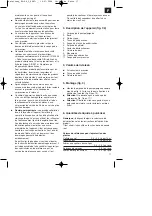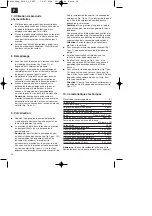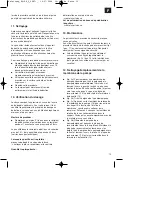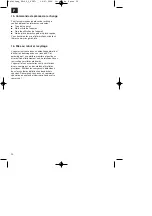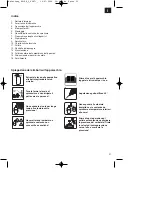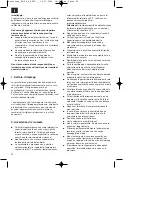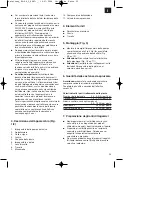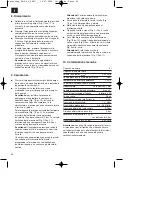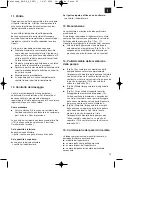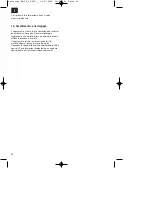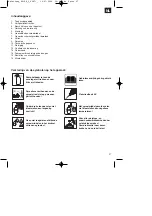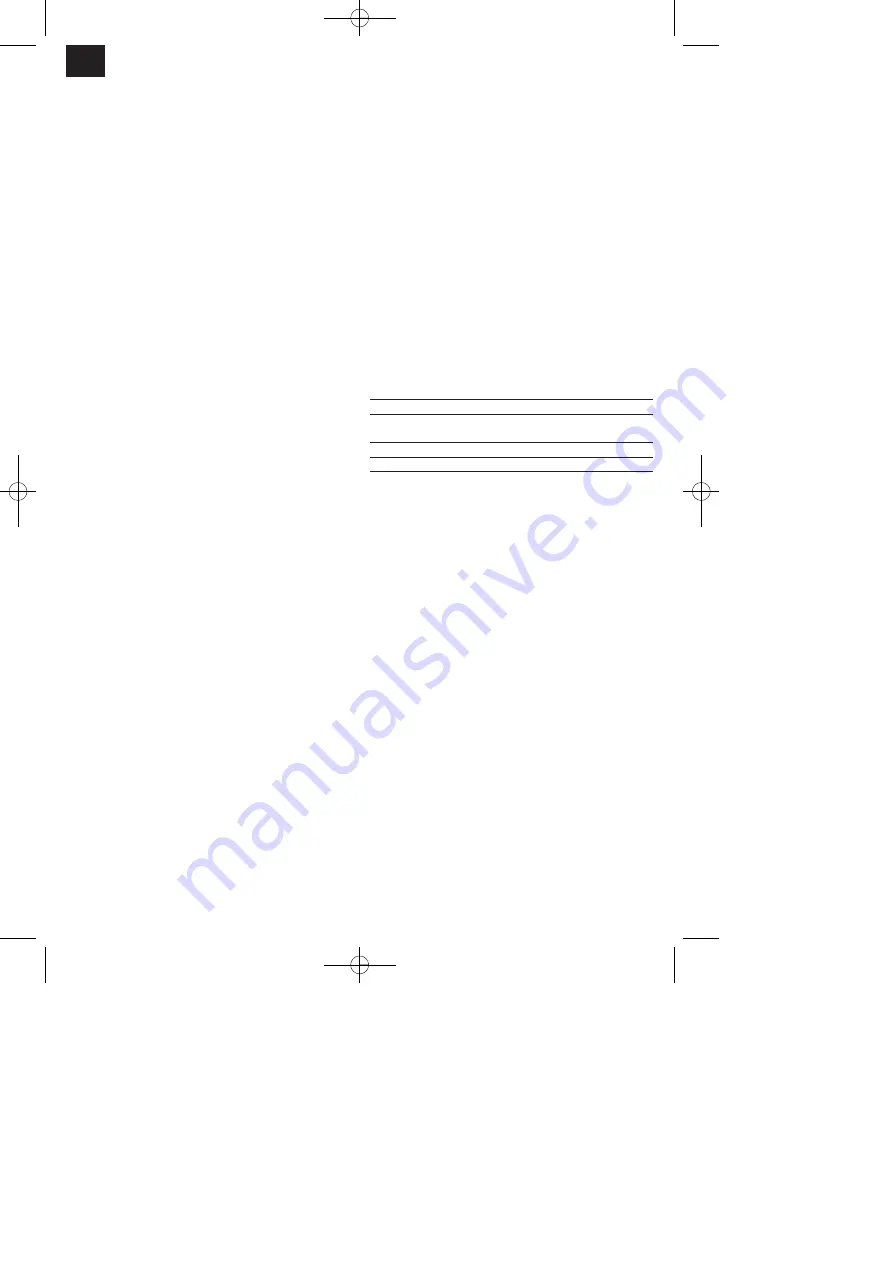
(filling plant protection implements).
앬
Pesticides include - but are not limited to -
herbicides, insecticides, fungicides and growth
regulators as well as materials that are intended
to be used in conjunction with these agents in
order to modify their properties or effects.
앬
Each time after using the unit and prior to
performing any maintenance work on it, release
the pressure by raising the pressure valve.
앬
At the beginning of each season and at least
once a month during regular use, check the unit
for proper sealing and functionality of all parts at
an operating pressure of 3 bar (in operation and
at rest).
앬
Important note:
Heavy stresses caused by the
way in which the unit is used (including transport
to the place of use and storage during non-use),
ambient influences (at the place of use and the
storage place when it is not in use), poor
maintenance and care may cause it to suffer
premature wear. You should therefore check that
the unit is in safe and working order or that there
at least no obvious signs of damage before use.
An expert, ideally a service outlet, should check
whether the unit is still safe to use particularly
after any faults have occurred that may
adversely affect its safety, or every five years at
the latest.
3. Layout (Fig. 1/2)
1. Pump/carry
handle
2. Nozzle
3. Swan-neck
4. Spray
tube
5. Spray tube holder
6. Spray gun handle
7. Release
lever
8. Carrying
strap
9. Pressure
gauge
10. Spray funnel
11. Overpressure valve
4. Items supplied
앬
Pressure sprayer
앬
Spray tube
앬
Carrying strap
5. Assembly (Fig. 3)
앬
Install the pump/carry handle as shown in Figure
3. Ensure that you note the stop point while
doing this (Fig. 3/Item 12).
앬
Important:
Do not unscrew the overpressure
valve (Fig. 1/Pos. 11)!
앬
Important:
Check to ensure that the screw
connections for the hose at the spray gun handle
and on the tank are tight!
6. Spray quantities
Note:
Always follow the manufacturerʼs instructions
when mixing spray solutions.
Fill the tank only with the amount of solution you
intend to use.
Reference information for plant protection
Soil cultures
0.3 - 0.5 liters per 10 m
2
Small bushes
1.0 - 1.5 liters per 10 m
2
Espalier trees and spindle bushes
0.5 - 1.0 liters per tree/bush
Larger shrub trees
2.0 liters per tree
Older, free-standing trees
3.0 - 5.0 liters per tree
7. Preparing pesticides for use
앬
Pesticides must be used outdoors only and
never in living quarters, stables, or storage
rooms for food and animal feed.
앬
Fill a separate container with pesticide and
thoroughly premix. Now fill the pressure sprayer.
앬
If you intend to use organic spray solutions, they
must be filtered prior to filling the sprayer.
8. Filling
앬
Before you screw out the pump, raise the
overpressure valve (Figure 1/Item 11) and let off
any overpressure that may be in the unit.
앬
Press down the pump/carry handle as far it will
go and slowly unscrew the pump
(counterclockwise).
앬
Fill the tank up to the 5 liter mark (max.) with the
solution mixed in accordance with the chemical
manufacturerʼs instructions.
앬
Insert the pump, press down the pump/carry
handle as far it will go and screw in the pump
(clockwise) until it is tight again. The pump/carry
handle will engage in the bayonet lock.
Note:
The bayonet lock must be properly latched
12
GB
Anleitung_RG-PS_5_SPK7:_ 16.07.2008 14:46 Uhr Seite 12

















